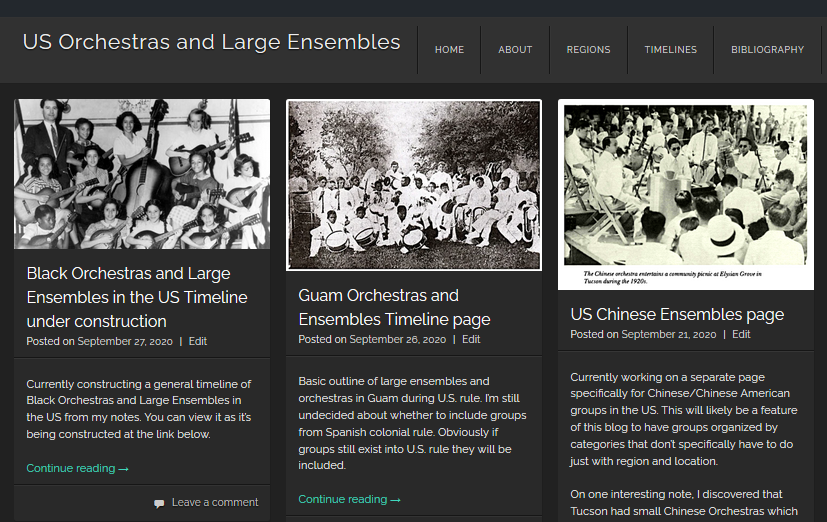
Adventures in compiling bibliographies: Arabic #MusicTheory edition. PART III: Graeco-Arabic Translation Movement.
One of the pleasures of working on this bib is coming across other folks' work. For example, the Digital Corpus for Graeco-Arbic Studies!
graeco-arabic-studies.org
One of the pleasures of working on this bib is coming across other folks' work. For example, the Digital Corpus for Graeco-Arbic Studies!
graeco-arabic-studies.org
Western Music Theorists/Historians don't generally have a healthy understanding of the Islamic Golden Age and the translation movement that likely helped preserve a fair number of ancient Greek Music treatises which might not have otherwise survived.
historyofinformation.com/detail.php?ent…
historyofinformation.com/detail.php?ent…
The Greek works, obviously, haven't been the only ones preserved, translated, and commented on in Baghdad and Cordoba. My 1st two threads talked about the Syriac and Hebrew/Judaic overlap. Some translators were ethnically Persian so there's also overlap with Pahlavi works.
But by far the Greek works are far more represented in translation--which means contact with the Music Theory literature which plays a minor footnote in Western Music Theory training through Church Music history.
Ironically some of the Latin translations of the Greek Music texts were made from Arabic translations (due to the Cordoba connection) as some of the ancient Greek literature only exists in Arabic translation.
We can't fully appreciate the context of the Western Music and Music Theory without understanding the centuries of interaction with the the musical cultures of the Arabic, Ottoman, Persian, and Byzantine Empires.
P.S. Here's my first thread with some thoughts about the Syriac Christian Chant overlap with Arabic Music.
https://twitter.com/Silpayamanant/status/1313336116964208640
P.P.S. My second thread with some thoughts about the Jewish Music traditions and its connection with Arabic/Islamic Music traditions.
https://twitter.com/Silpayamanant/status/1314192660605939714
Here's one introduction to the cross-cultural pollination happening during this period.
novoscriptorium.com/2019/04/15/the…
novoscriptorium.com/2019/04/15/the…
And to muddy the waters even more, here's @ogiovetti's @vanmusicmag piece about the roots of Western Opera being in the Middle East, via Greece.
I actually recently arranged the Hurrian Hymn to Nykkal for a @EnsembleSulh performance.
van-us.atavist.com/origin-myths
I actually recently arranged the Hurrian Hymn to Nykkal for a @EnsembleSulh performance.
van-us.atavist.com/origin-myths
• • •
Missing some Tweet in this thread? You can try to
force a refresh










